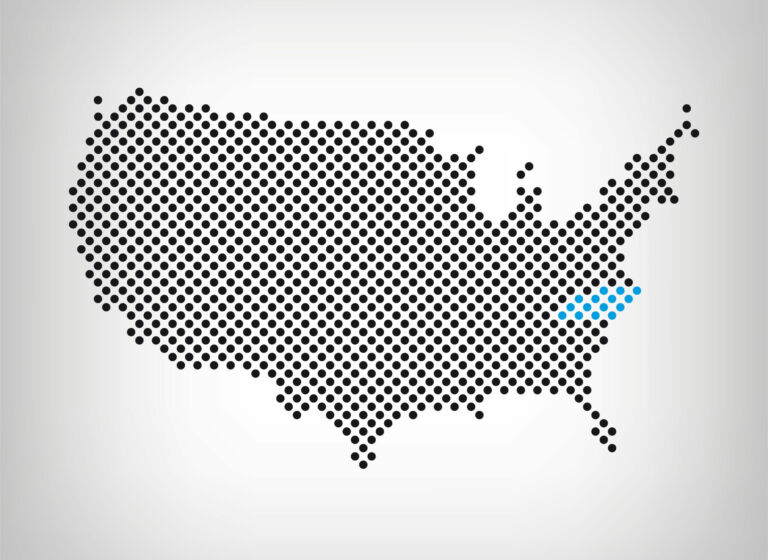Matthew Continetti explains at National Review Online how an inactive Congress this year will affect the political landscape.
When you talk to people on Capitol Hill, many say they wouldn’t be surprised if the agriculture bill turns out to be the sole piece of legislation that reaches the president’s desk this year. Shepherded by Representative Mike Conaway of Texas, the bill is expected to be the vehicle for welfare reform — excuse me, “workforce development.” But any workforce-development measure that could pass Congress likely would fall short of conservative expectations. We are in a legislative Catch-22: The Senate is too divided to take up the bills the House passes, and the House is too conservative for the sort of mushy-middle legislation that could overcome the filibuster. (A possible exception: Changes to Dodd-Frank enjoy the backing of red-state Democrats up for reelection.)
The lack of a 2018 agenda has had several consequences. It’s meant that Republicans are gambling their majority on the tax cut, which will be close to a year old when polls open in November. Republican leaders return to the tax cut whenever they are asked what their message will be this fall. It’s their safe space. Now, it’s true that support for the tax cut is increasing as the economy reaches full employment. But just as attitudes toward the plan changed once, they may change again. And surely it would help Republican candidates if they had more than one accomplishment.
Without Ryan and McConnell pressing a legislative program, the White House and President Trump have the initiative. The classic Trump issues of immigration and trade are in the foreground, along with the traveling circus of palace intrigue, presidential tweets, and the ongoing Mueller investigation.


